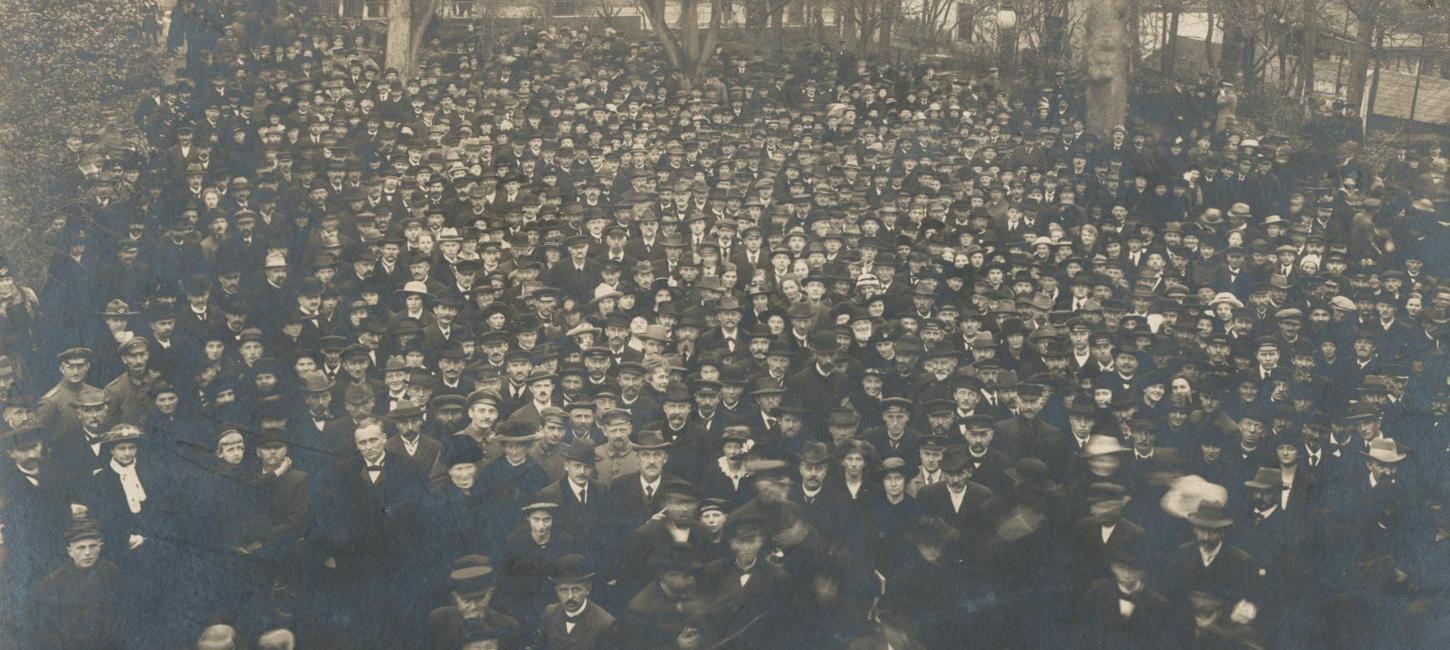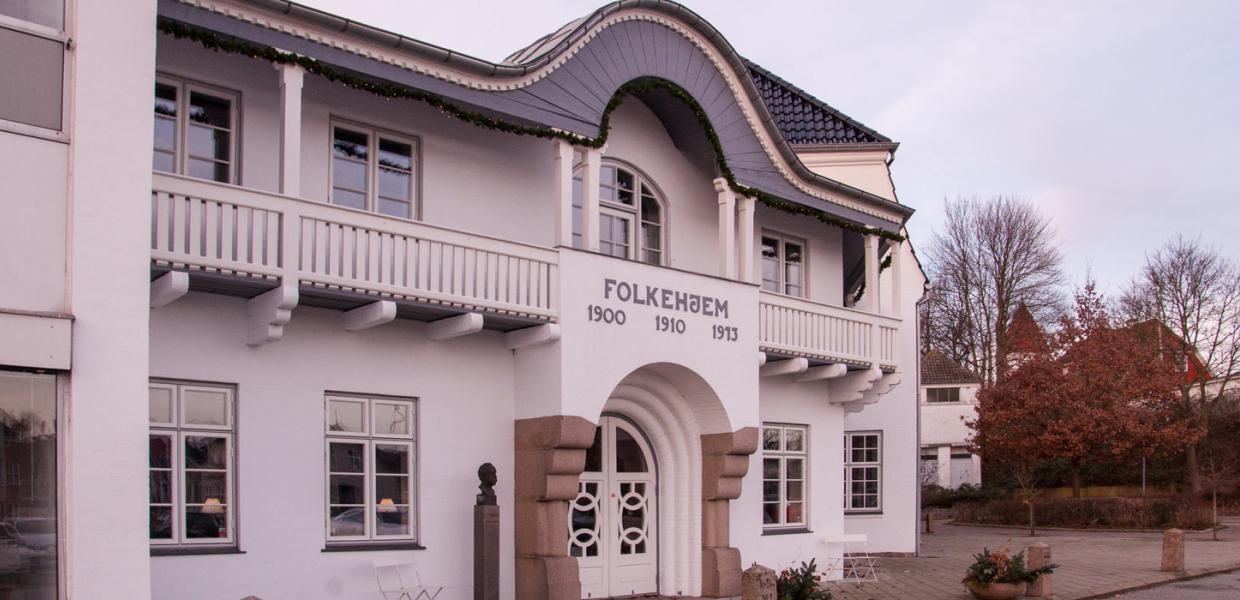
The meeting place for people of Danish disposition in Aabenraa
The meeting house at Folkehjem played a major role in keeping alive the spirit of Danish identity prior to Reunification.
It isn’t just people that can play a key role in a popular movement – buildings can also acquire a pivotal position. A good example of this is Folkehjem meeting house in the northern part of Aabenraa.
For several decades leading up to Reunification with the rest of Denmark, Folkehjem played a major role as a meeting place for those of a Danish disposition in the region that makes up Southern Jutland today.
Folkehjem is inextricably linked with Sprogforeningen, which was a language society established in 1880 with the principal aim of keeping Danish language and Danish culture alive in Northern Schleswig. The society made great efforts to make sure that Danish-language books and songbooks were available to the region’s Danish population.
In order to gather its various activities under one roof, Sprogforeningen bought Schweizerhalle amusement palace and converted it into a combined book depository and meeting house, which was christened Folkehjem.

Photo:VisitAabenraa
Opened in 1901, the building was also known as Southern Jutland’s meeting house, having been the venue for countless meetings held by the region’s many citizens with Danish sympathies.
The most famous meeting took place in November 1918, when more than 3000 citizens of Southern Jutland gathered to listen to newspaper editor H.P. Hanssen hold a speech that passed into the annals of Danish history. In his speech, he was able to tell the cheering masses that a referendum on the future affiliation of the region was on the way.
Following Reunification in 1920, Folkehjem continued to play an important role – amongst other things in the national associations’ fight against nazism in the 1930s and during the German occupation of Denmark. After the end of the Second World War, Folkehjem gradually began to lose its importance, and today the building is primarily used as a venue for conferences, meetings and private parties.
The appearance of the building itself, however, remains very true to its historical roots, and visitors can still see Folkehjem’s two most famous rooms – the royal hall and the portrait hall, with the latter containing nearly 60 portraits of prominent individuals who took part in the national struggle.
Folkehjem is therefore a living monument to citizens with Danish sympathies in southern Jutland and their struggle through the ages.